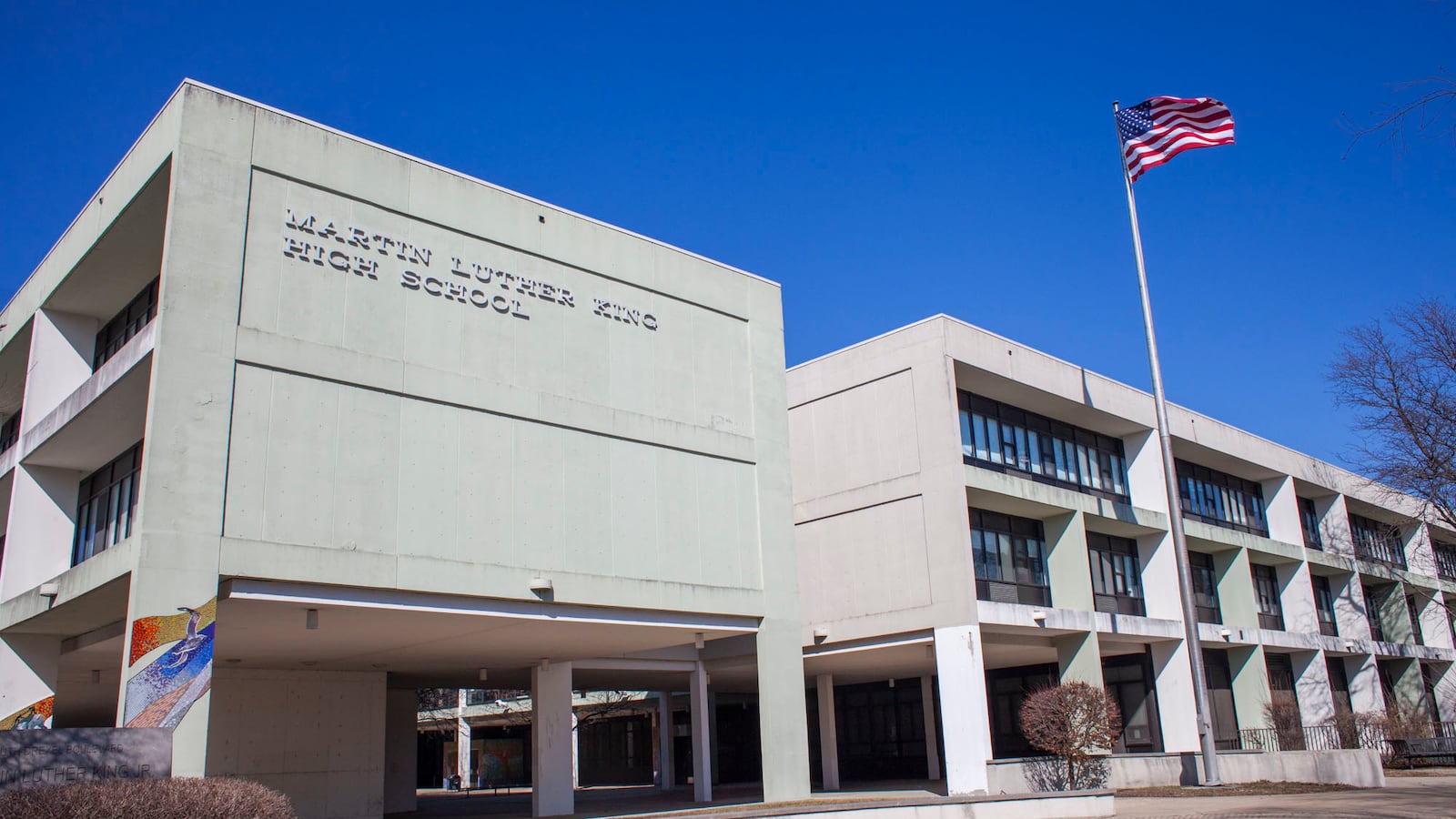When decisions about high school acceptances post Friday on GoCPS, 16.2 percent of Chicago eighth-graders will get their top pick of the city’s most competitive test-in high schools, a 2 percentage point increase from last year’s 14.4 percent.
In all, 24.2 percent of students will get accepted into one of their top three selective enrollment choices, according to data provided Friday by Chicago Public Schools. Chicago has 11 selective enrollment high schools, and seats at these schools are among the most competitive in the district. Students can rank up to 20 choices from among 250 programs in more than 130 schools — and among those they can choose a maximum of six selective enrollment schools — on a universal application system called GoCPS that Chicago rolled out last year.
Families are anxiously awaiting the decisions and have taken vastly different approaches. Some have spent hundreds on test prep courses, others have completely opted out. The district said 26,619 incoming freshmen participated this year, compared with 26,909 the previous year. One difference: Students who were set on attending their neighborhood school could, for the first time, submit a letter of intent form this year and sidestep GoCPS.
Lawrence Wood is the parent of eighth-grade twins. When the first round of Chicago high school acceptances post on GoCPS, his family won’t just have one decision to make — it will have two.
“This is generally a process I hate, because it reminds me of the college application process,” said Wood, who went through the high school acceptance gauntlet four years ago with his older daughter. “It can provoke anxiety among kids and parents in the best of situations, but it has been especially frustrating for us” — that’s because his daughters suffer from an auto-immune disorder and have spent much of the academic year homebound.
Still, the twins took the selective enrollment test and ranked schools, and like the rest of the city’s eighth graders, await their results. There’s reason to be optimistic. When including all Chicago high schools, 54 percent of eighth-graders will get their first-choice school, a slight increase from 51.8 percent last year. Students rank selective enrollment schools separately from other high school programs, such as the rapidly expanding International Baccalaureate curriculum, career technical programs, and arts programs.
Schools chief Janice Jackson said that signals the system is working.
“We created GoCPS to make applying to high school simpler and more equitable so that all students can easily find and apply to the programs that are right for them,” she said via email. “Chicago families have been eager to utilize GoCPS, and we are pleased that more of our applicants are being matched to their top choices this year.”
The decisions will post between 5 p.m. and midnight Friday.
The roughly 8 percent of students who did not receive any match at all is about the same as last year, the district said. Students who did not receive a match applied to an average of 2.5 choices each, compared with an average of 7.1 choices for all applicants.
Students who don’t receive any offers can attend their neighborhood high school or apply through a second-round admission process later this spring. The second-round process requires a new application, and several high schools with seats to fill will offer open houses and tours in the next few weeks in the hopes of recruiting incoming freshmen who may not have considered them the first time.
Families have two weeks to accept their Round 1 offer. Students can end up on waitlists for some popular programs, and receive calls from schools later in the spring. The exception to that rule are the competitive selective enrollment programs, which don’t run waitlists.
Families tended to apply to both charters and district-run high schools. Less than 5 percent of students applied only to charters, and 38 percent of applicants applied exclusively to district-run schools.
Before the GoCPS system streamlined the high school application process, students lacked a common deadline and a single place to submit applications.
A report released last summer by the University of Chicago Consortium of School Research and the Federal Reserve Bank of Chicago found that the system mostly worked as intended in its first year. But the study also disclosed problems that the district now faces: There are too many empty seats in high schools.

